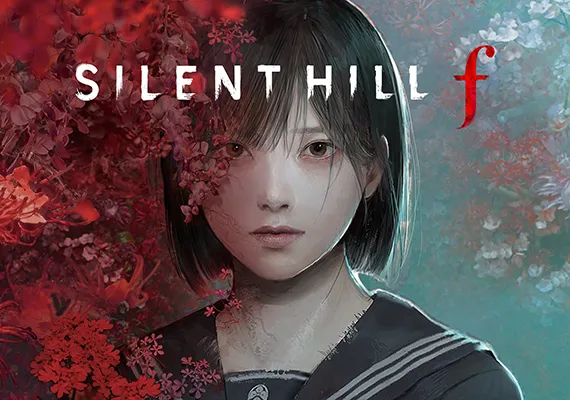The Art of Character Design in Video Games
_(1).webp)
Conceptualization: The Foundation of Character
The first step in character design is conceptualization, which involves deep thinking about the character's role in the story, their personality, background, and how they fit into the game's world. This stage is crucial as it lays the groundwork for all subsequent design decisions. Game designers and writers often collaborate closely to ensure that each character's concept aligns with the overall narrative and gameplay mechanics.
A well-conceptualized character has a clear purpose and drives the story forward. For example, a character designed to be a villain should evoke feelings of opposition and challenge, prompting players to understand and confront their motives. This is achieved through a detailed backstory, which adds depth and relatability. The character's goals, fears, strengths, and weaknesses are all considered, creating a multi-dimensional figure that players can connect with or challenge.
_(1).webp)
Visual Design: Bringing Characters to Life
Once the character's foundation is set, visual artists step in to bring the conceptualized character to life through compelling visual design. This phase includes determining the character's physical appearance, expressions, and visual style, which should mirror their personality and role within the game. Key considerations include choosing colors, shapes, and sizes that reflect the character's traits and emotional tone.
Visual designers often employ specific design principles to evoke particular feelings and associations in players. For instance, darker colors and sharp angles might be used for antagonistic characters to subconsciously signify danger or evil. Conversely, a protagonist might be designed with warm colors and smoother outlines to appear friendly and approachable. This visual symbolism plays a crucial role in how players perceive and interact with the character.
_(1).webp)
Character Integration: Ensuring Cohesion and Playability
Integrating the character into the game environment is a critical step that ensures the design is not only aesthetically pleasing but also functional within the game's mechanics. This involves animators, programmers, and sound engineers who work to make the character move realistically, interact fluidly with the environment, and have a distinctive voice or sound profile.
Character integration is also about making sure the character fits seamlessly within the game world. This means their interactions, growth within the game (both in terms of story and player-led development), and reactions to other characters and situations must feel genuine and in line with the initial design goals. For example, a character might start off as timid and become more confident as the game progresses, reflecting their growth through both visual changes and modified interactions with the game world.
_(1).webp)
Character design in video games is an intricate blend of art, psychology, and technology. It starts with a well-thought-out concept that gives the character a solid narrative foundation, followed by a visual design that embodies their essence and ends with careful integration into the game environment to ensure they move and interact in a way that feels lifelike and engaging. As technology advances, the potential for creating ever more complex and relatable characters grows, offering gamers deeper and more immersive experiences. Ultimately, the art of character design is about creating characters that players care about, ensuring they are not just playing a game but living a story.











